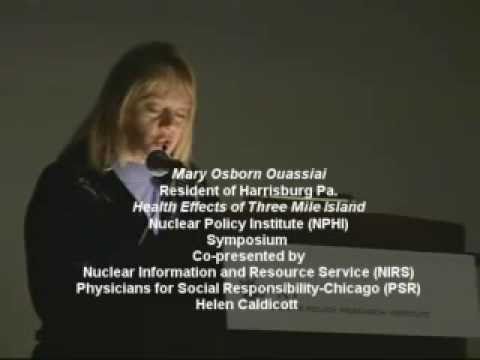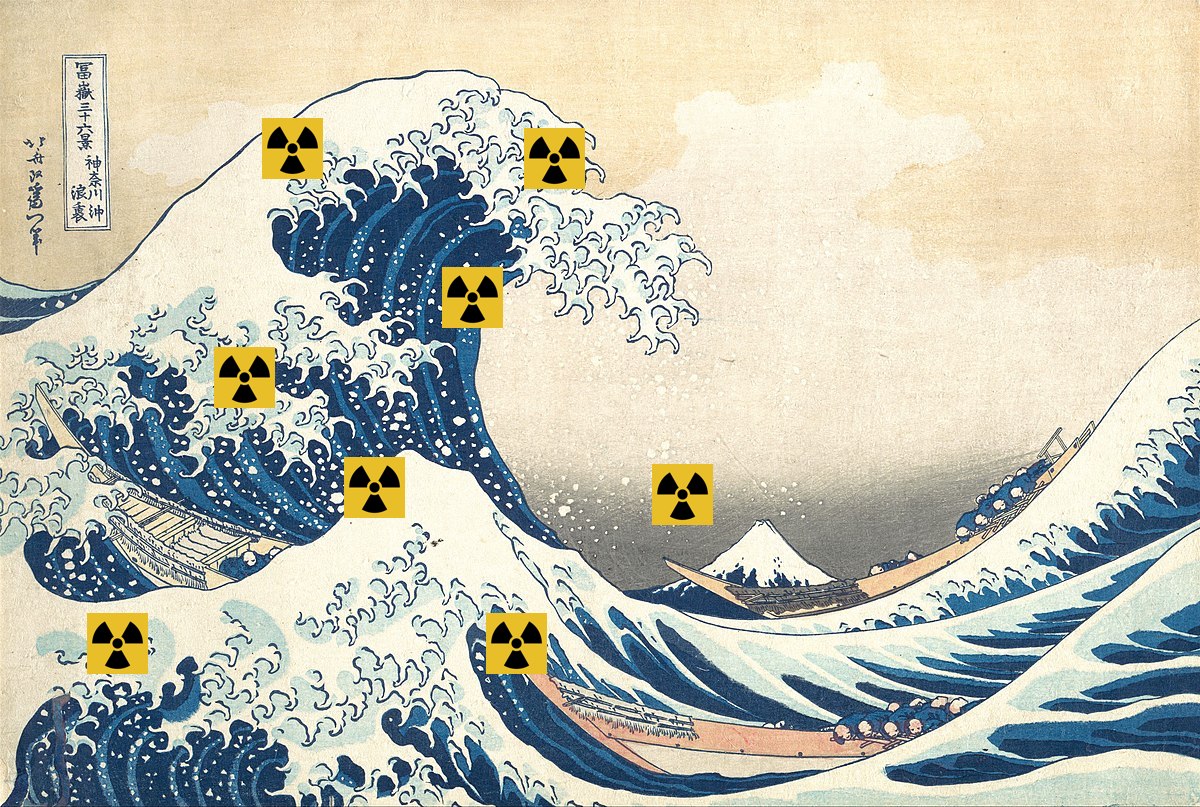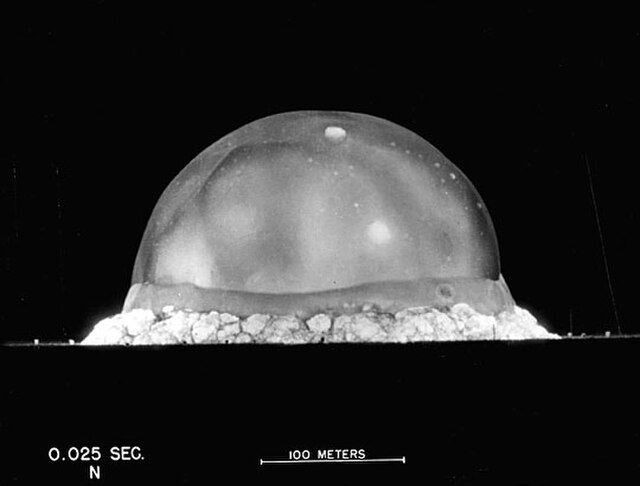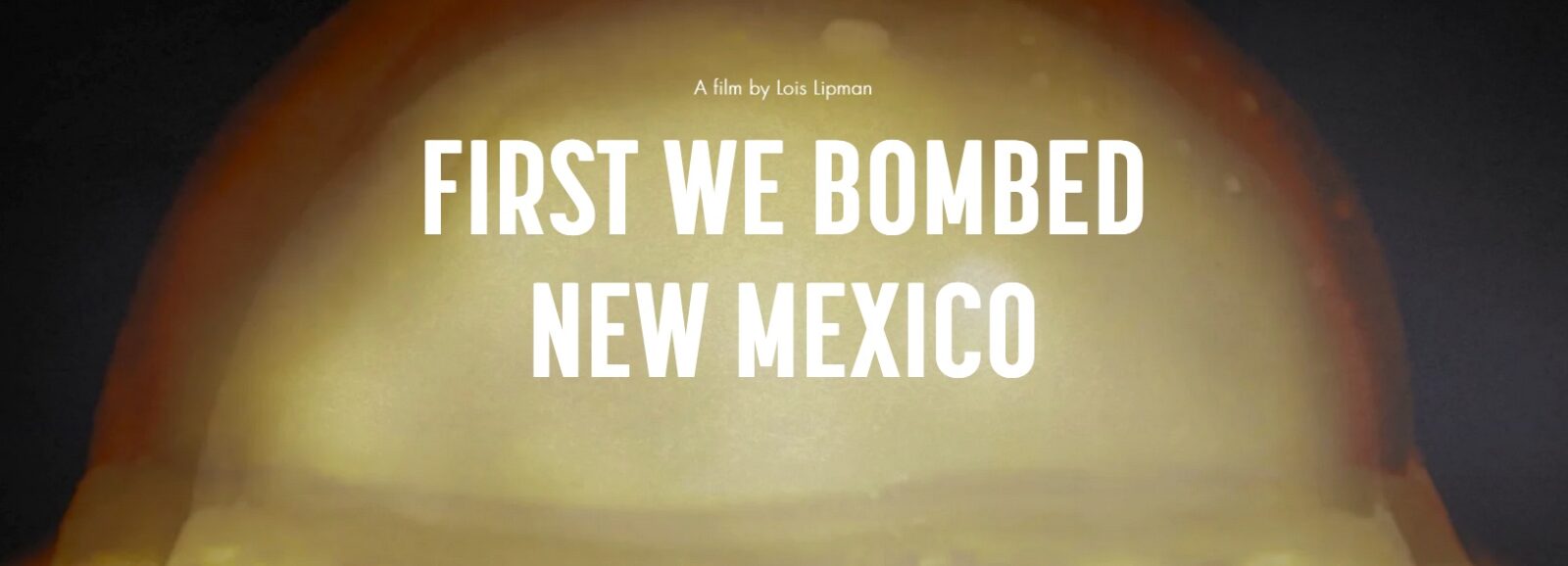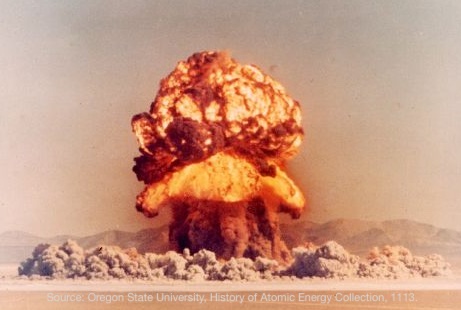Health Impacts
MARY OSBORN, PRESENTE!
MARY OSBORN (1943-2024), PRESENTE! Three Mile Island Botanist Passed on 2/19 Eric Epstein, executive director of Three Mile Island Alert (TMIA), shared with us the sad news that Mary Osborn has passed on. Mary was a long time member of TMIA. She gathered flowers, leaves and plants that show signs of mutations that reveal the negative impact of radiation on their growth and…
Read MoreImpacts to Indigenous Peoples’ Human Rights from Uranium Exploitation, Feb. 28, 11am ET
Announcement from Susan Schuurman, Communications Manager, New Mexico Environmental Law Center: IACHR to Host Hearing on Impacts to Indigenous Peoples’ Human Rights from Uranium Exploitation–Feb. 28th at 11am EST/9am MST IACHR GRANTS THEMATIC HEARING ON IMPACTS TO INDIGENOUS PEOPLES’ HUMAN RIGHTS FROM URANIUM EXPLOITATION Historic Hearing to be Held in Washington, D.C. Weds, Feb. 28th…
Read MoreFukushima fish a dicey diet for U.S. military
Why is the U.S. buying potentially cancer-causing Fukushima fish to serve service members and their families stationed in Japan? This is particularly ironic, given President Biden’s focus on admirable health initiatives that strive to understand and prevent environmental exposures, like the Cancer Moonshot. The United Nations and several scientists have voiced continuing concern about the…
Read MoreUS House blocks RECA extension in defense bill
The US House has blocked the proposed inclusion of the Radiation Exposure Compensation Act (RECA) Amendments of 2023 in the current National Defense Authorization Act (NDAA) to extend the program for another 19 years and expand its financial relief to more US communities impacted by harmful radiation exposure caused by the government and nuclear industry.…
Read MorePrice-Anderson reauthorization and expansion dropped from US defense authorization bill
Price-Anderson Act reauthorization and expansion to shield the nuclear industry from severe accident liability is moving through Congress but has been removed from the National Defense Authorization Act Hearings on the many concerns are still in question The 20-year reauthorization of Price-Anderson Act (PAA) is moving forward in Congress to indemnify the nuclear power industry…
Read MoreFirst we bombed New Mexico: A new film
From the promo: First We Bombed New Mexico is the untold story of Trinity, the world’s first nuclear bomb detonated in New Mexico one month before the bombing of Hiroshima. It is a story of government betrayal with tragic consequences. Thousands of New Mexicans – mostly Hispanic and Native American – were exposed to catastrophic…
Read MoreYou can help radiation survivors!
Hope exists for those exposed to fallout and other radiation survivors who were ignored. For nearly two decades, Tularosa Basin Downwinders Consortium (TBDC) has pushed to amend The Radiation Exposure Compensation Act (RECA) to include Trinity downwinders. The U.S. Senate as part of the National Defense Authorization Act (NDAA) has not only added Trinity downwinders,…
Read MoreThe Ocean is NOT a Radioactive Waste Dump!
On August 26, Beyond Nuclear’s radioactive waste specialist, Kevin Kamps, gave a presentation to the organization No Nukes Kobe, in Japan, via Zoom. His presentation was in English; Rachel Clark translated into Japanese in real time. The presentation was about the hazards of tritium, in light of the ocean dumping of highly radioactive wastewater at…
Read MoreRadiation persists in wild boars
Some radionuclides persist in the environment once released, contaminating the food chain, creating widespread long-term risk of radiation exposure. Radiocesium, which has been released from civilian reactor meltdowns like Chornobyl and Fukushima, but also from worldwide atomic testing, is one such radionuclide. New research demonstrates that wild boars in Bavaria are not only contaminated by…
Read MoreDU in Ukraine
The United States plans to supply Ukraine with depleted uranium (DU) munitions as part of a US aid package. DU is also used in tank armor. The U.S. contends that there is no health threat even though DU is both a toxic heavy metal and radioactive, could pose a threat to troops from both Ukraine…
Read More
